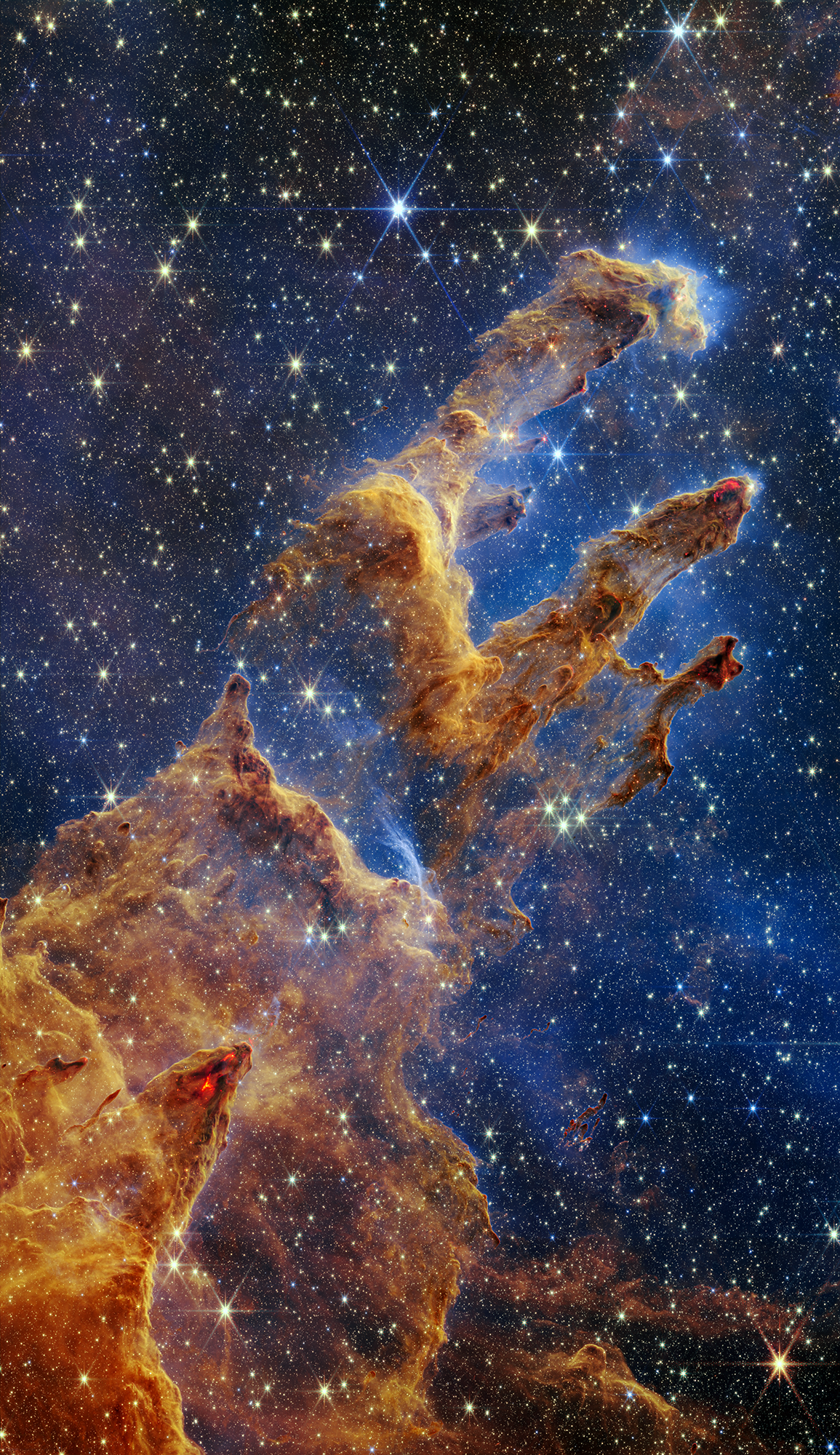Nebulae: The Cosmic Nurseries of the Universe
Nebulae, ethereal and vast clouds of gas and dust in space, are among the most visually stunning phenomena in the universe. They are the birthplaces of stars and play a crucial role in the life cycle of galaxies.
The Essence of Nebulae
- Composition: Primarily hydrogen and helium gas, along with dust and other ionized gases.
- Origin: Formed from the remnants of supernovae or through the gradual accumulation of gas and dust in space.
Types of Nebulae
- Emission Nebulae: Glowing clouds of gas that emit light due to the ionization of their hydrogen content, often near hot, young stars.
- Reflection Nebulae: Do not emit light of their own but reflect the light of nearby stars.
- Dark Nebulae: Dense clouds of dust and gas that obscure the light from objects behind them.
- Planetary Nebulae: Formed from the outer layers of a dying star as it sheds its material into space.
Nebulae in Galactic Dynamics
- Star Formation: Nebulae are the sites where new stars are born, as gravity pulls the gas and dust together to form protostars.
- Galactic Recycling: They contribute to the recycling of material in a galaxy, taking in stellar material and birthing new stars.
Observational Significance
- Astrophotography: Nebulae are favored subjects for astrophotographers due to their vivid colors and intricate structures.
- Astrophysical Research: Offer valuable insights into the physical processes of star formation and the evolution of galaxies.
